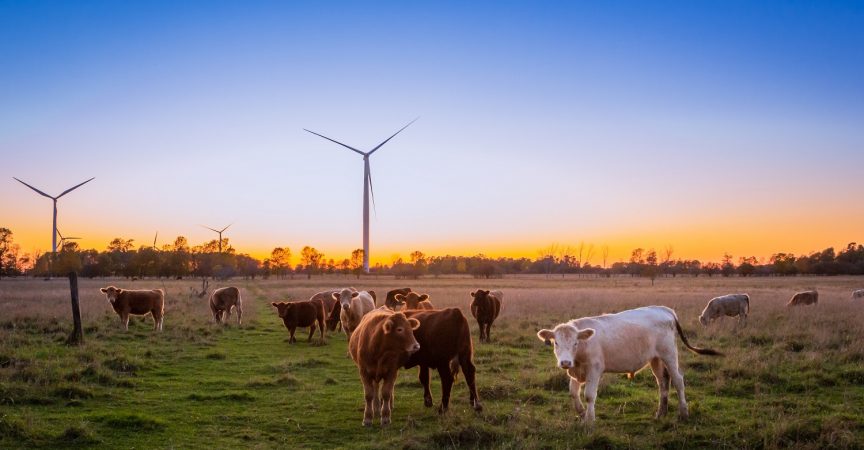Celebrating Canada Agriculture Day by Recognizing the Faces behind Food
Would the average consumer know how much sunlight or water is required to grow a carrot? As an average consumer, I can say – mostly likely not. With less than two per cent of Canadians living on farms, there’s a growing disconnect between those producing the food we eat, those selling the food we eat, and those eating the actual food.
In an effort to bridge this disconnect, Farm & Food Care Ontario launched a new initiative called Faces behind Food. Modeled after the internationally acclaimed Humans of New York project, the social media strategy (which exists primarily on Instagram), Faces behind Food profiles the stories and personalities behind the food we eat.
From farmers, food processors and truck drivers, to chefs, researchers, veterinarians and plant scientists, this initiative works to highlight a variety of perspectives and careers in the food industry.
When it comes to exploring the agriculture industry, it’s easy to stop at the farmer who raises our meat or grows our crops. And while farming plays a massively important role in the industry, agriculture encompasses a diverse sector of the population – from the work of multi-generational family farmers and many new Canadian immigrants who are finding careers working in food processing facilities.
This February 11th marks Canada’s Agriculture Day, a time to showcase all the amazing things happening in the industry and help consumers see the connection of where their food comes from and the people who produce it. Consumers want to learn more, and this day provides our entire foodservice industry the opportunity to start the conversation, in person and online.
We sat down with the Farm & Food Care team to understand the Faces Behind Food project a little more and get in depth view on Canada’s Agriculture Day.
What makes Canadian or local products so special?
The diversity. We produce hundreds of different products in this country – and the diversity from one side of the country to another is incredible. Seafood, potatoes and blueberries are popular crops in the Maritime provinces. Quebec leads the country in dairy, maple syrup, pork and berry production. Ontario produces more soybeans than any other province and is home to two-thirds of Canada’s greenhouse vegetable production. Manitoba and Saskatchewan are the largest producers of crops such as canola, wheat and lentils; Alberta has the most beef cattle and British Columbia, where crops like fruit and cranberries and poultry are abundant. Even the Yukon and Northwest territories have the crops they’re famous for. Oats are the most common field crop in the north while poultry and egg farms make up a large percentage of agricultural income.
Why is Canada’s Agriculture Day important?
Farm & Food Care believes that food should be celebrated year round – but it’s good to have specific days to remind us of this. It’s a day when anyone can get involved – make a local meal; shop at a local farm retail outlet; go out to enjoy an all-Canadian dinner. We have so many food choices available to us and grown in this country but that might not be something we think about during the winter months when fresh fruits and vegetables aren’t as commonly seen. But there’s always Canadian meats, dairy products, eggs, root and greenhouse vegetables (and even some fruits) that are grown here 365 days per year.
Why should someone participate and celebrate?
Because 97 per cent of Canada’s farms are still family owned and run – and that’s worth celebrating. Canada is the fifth largest exporter of agriculture and agri-food products in the world. We produce about 80 percent of the world’s maple syrup and are the world’s largest grower and exporter of flax seed, canola, pulses (such as peas, beans and lentils), mustard and durum wheat (the kind used to make pasta).
How can consumers and foodservice operations participate?
People can participate in Canada’s Agriculture Day by cooking an all-Canadian meal, posting a photo or video celebrating, or by teaching someone something new about agriculture. When sharing to social media, make sure to include #CdnAgDay!
How can the foodservice industry support local agriculture?
It’s great to see foodservice embracing local food in a way not seen a decade ago. So many Canadian restaurants and food service companies are promoting local food items on their menus; sourcing local food items and profiling the farms that they come from.









